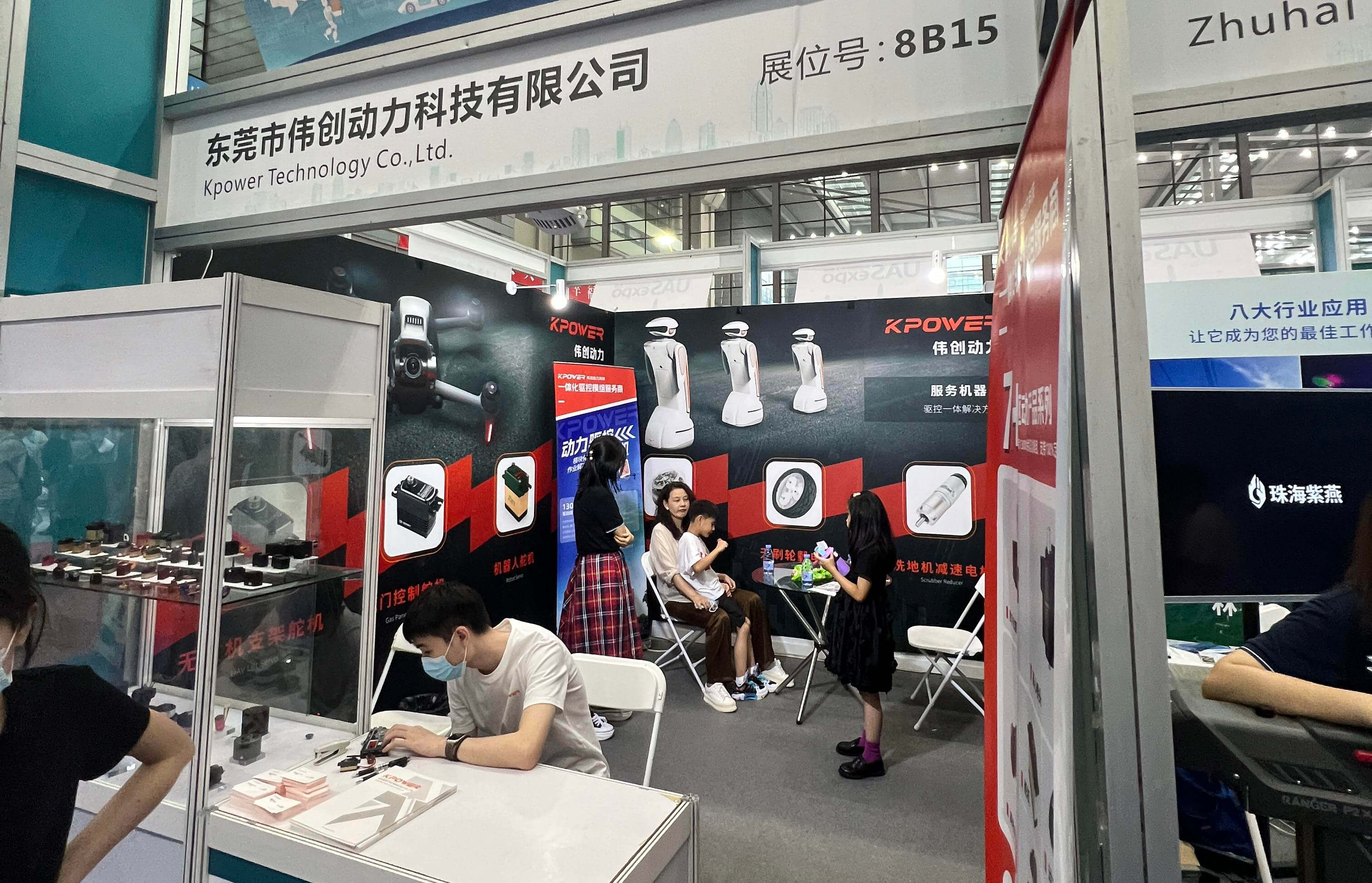Ever wondered how some apps just seem to breeze through complex data loads while staying snappy? That’s the magic of microservices, and Node.js is often the secret sauce behind this kind of efficiency. When you’re diving into a Node.js microservices tutorial, you’re not just learning some tech tricks—you’re opening the door to building scalable, flexible systems that can evolve without breaking a sweat.

Think of Node.js as that supercharged engine that handles thousands of connections with ease. It’s non-blocking, event-driven nature means it’s perfect for breaking a monolith app into tiny, manageable microservices. These little parts can work independently but still come together smoothly, kind of like a well-oiled orchestra. You’ve got the flexibility to update one piece without fumbling through the entire system—it’s a game changer.
What makes this tutorial stand out? Well, it’s all about practical, real-world scenarios. For example, imagine trying to build a shopping platform. Instead of one giant codebase, you split user authentication, product management, checkout process, and payment handling into separate microservices. Each one runs smoothly on Node.js, communicating via REST APIs or message queues. The tutorial guides you step-by-step on setting this up—from initial setup to deploying your microservices on cloud providers.
People wonder—"Isn’t microservices complicated?" Honestly, the initial learning curve might seem steep, but once you grasp the fundamentals—such as how to manage inter-service communication and deal with errors—it becomes second nature. Plus, there are countless tools, like Docker and Kubernetes, that play nice with Node.js and microservices, making deployment and scaling a breeze.
Another thing to consider—is this approach suitable for large-scale systems? Absolutely. When you need a system that can handle millions of users or real-time updates, microservices shine. They allow each component to scale independently based on demand. If one part gets hit with a surge, it’s easy to allocate more resources without touching the rest of your codebase.
The beauty of a good tutorial is that it covers both the “how” and the “why”. Why choose microservices? Because they’re adaptable, resilient, and future-oriented. You can start small and grow your system organically, adding new features without disrupting existing ones. Plus, Node.js’s vibrant ecosystem means continuous improvements, libraries, and community support.
In the end, jumping into a Node.js microservices tutorial isn’t just about coding. It’s about thinking modular, planning ahead, and embracing a flexible mindset. Building microservices can seem daunting at first, but once you get the hang of it, you'll wonder how you ever managed monoliths. It’s about creating systems that are not just functional but are shaping the future of scalable web architecture.
Established in 2005, Kpower has been dedicated to a professional compact motion unit manufacturer, headquartered in Dongguan, Guangdong Province, China. Leveraging innovations in modular drive technology, Kpower integrates high-performance motors, precision reducers, and multi-protocol control systems to provide efficient and customized smart drive system solutions. Kpower has delivered professional drive system solutions to over 500 enterprise clients globally with products covering various fields such as Smart Home Systems, Automatic Electronics, Robotics, Precision Agriculture, Drones, and Industrial Automation.




































